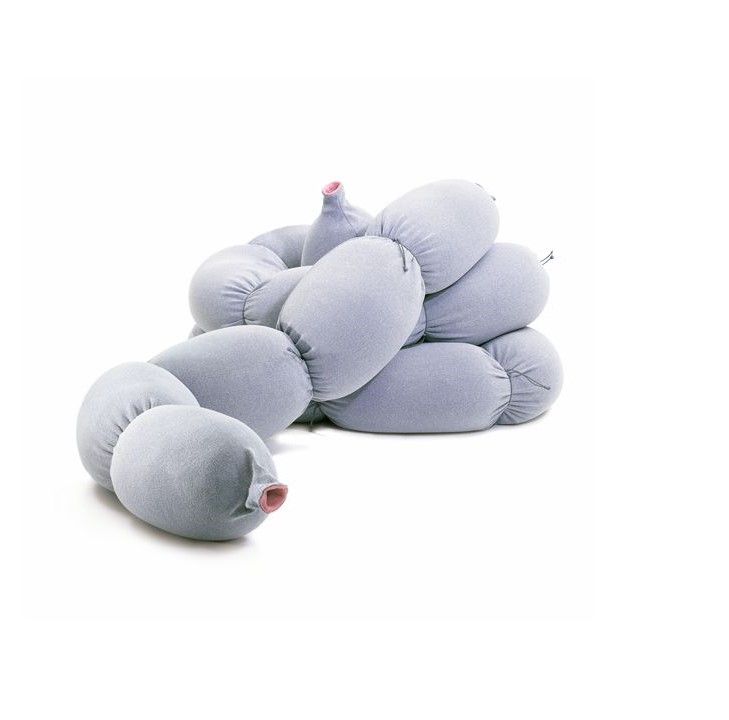Description
KAMIYA Hiro-Hiko Buldang VIA Programme: Project Aid, 2002 Publisher: Unknown Prototype Pink seat in expanded polypropylene beads and climate control fabric Condition of use 900 x 26 cm Biblio : " VIA Design France ", Milan, salon du Meuble, 2002, BELLANGER François, LAIZÉ Gérard, Confort(s) la génération vautrée, Paris, VIA, 2005
63
KAMIYA Hiro-Hiko Buldang VIA Programme: Project Aid, 2002 Publisher: Unknown Prototype Pink seat in expanded polypropylene beads and climate control fabric Condition of use 900 x 26 cm Biblio : " VIA Design France ", Milan, salon du Meuble, 2002, BELLANGER François, LAIZÉ Gérard, Confort(s) la génération vautrée, Paris, VIA, 2005
You may also like
